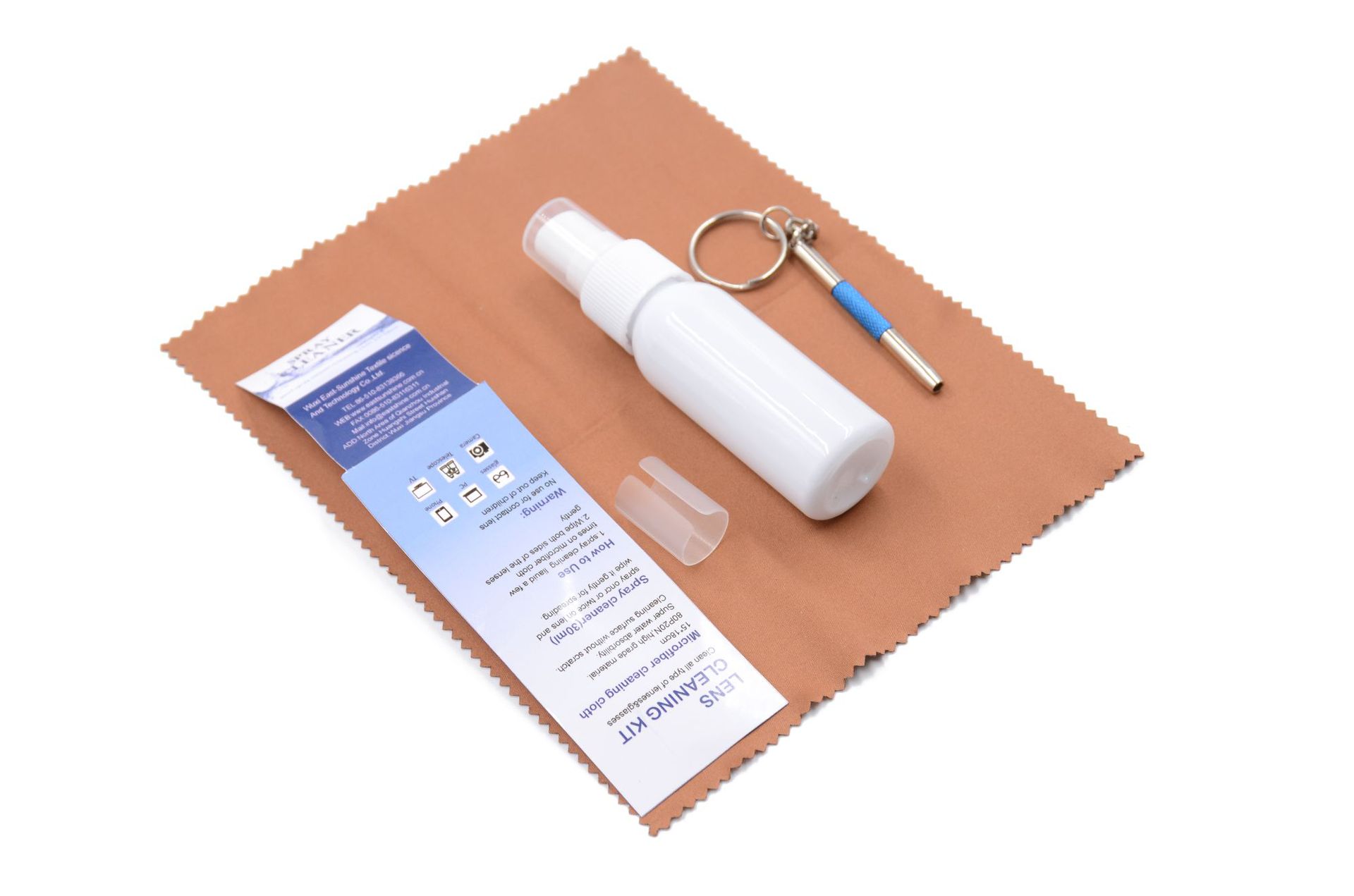Glass surface cleaning method
[China Glass Net] The glass substrate and the blank should be cleaned before the surface treatment of the glass. Because the degree of cleanliness of the substrate or body has a great influence on the quality of the glass surface treated product. Therefore, the cleaning process is very important for the subsequent glass surface treatment process.
There are many ways to clean the surface of the glass. The cleaning method can be used according to the original pollution degree of the glass surface, the subsequent glass surface treatment process and the purpose of the product. One of the cleaning methods can be used.
Glass surface cleaning has two types: atomic-level cleaning surfaces and process-technically clean surfaces. Atomic clean surfaces are required to be carried out under ultra-vacuum conditions and are required for special scientific applications. Generally, only the technically clean surface is required to meet the requirements for product processing.
Common cleaning methods are as follows:
1, clean with solvent
Commonly used solvents are aqueous solutions (acid or alkali solutions, aqueous detergent solutions, etc.); anhydrous solvents (ethanol, acetone, emulsions, etc.). The type of solvent is usually chosen based on the nature of the glass surface contaminants.
(1) Scrubbing and dipping
A simple scrubbing method is to wipe the glass surface with absorbent cotton, lens paper, rubber roller or brush, water, alcohol, decontamination powder, chalk, etc. To prevent the glass from being scratched during scrubbing, remove the residual decontamination powder and chalk from the surface with pure water and ethanol.
Another common method is to place the glass in a solvent-filled container for immersion cleaning. After soaking for a certain period of time, use the tweezers or other special fixtures to take out the cleaned glass and dry it with a cotton cloth. This method requires simple equipment, convenient operation and low cost.
The organic solvent used for washing is ethanol, acetone, carbon tetrachloride, trichloroethylene, iso-alcohol, toluene, and the like.
In addition to the use of solvents to dissolve contaminants, chemical reactions of solvents and glass surfaces can also be utilized to clean surfaces, such as pickling and caustic washing.
The washing liquid commonly used in the laboratory is a mixture of K2Cr2O7 and H2SO4, which can oxidize the oil on the surface of the glass to remove the oil from the surface of the glass. Chromium ions are easily adsorbed on the surface of the glass, which is difficult to remove. To prevent the adsorption of chromium ions, a mixture of sulfuric acid and nitric acid can be used to clean the glass surface. In addition to hydrofluoric acid, the effect of heating the mixed acid to 60 and 85 ° C is better.
If the surface of the glass is weathered, a high silicon layer has been formed. In this case, a certain proportion of hydrofluoric acid is added to the cleaning solution. For example, a mixture of nitric acid and hydrofluoric acid can be used to eliminate the weathering layer.
For medium lead glass, high lead glass and yttria-containing glass, it is not advisable to wash with acid to prevent acid from attacking the glass surface.
The alkaline solution such as NaOH or Na2CO3 can remove the oil and grease on the surface of the glass, and saponify the lipid into a fatty acid salt, and then wash it off with water. However, the immersion time should not be too long, and the surface contaminant layer is removed, and the surface of the glass is prevented from being corroded by alkali to form an uneven layer.
(2) Jet cleaning
In order to improve the cleaning efficiency, a spray cleaning method is commonly used in production, and a moving fluid is applied to the surface of the glass to shear the adhesion of the contaminant to the surface of the glass, and the contaminant is removed from the surface of the glass and then carried away by the fluid. Usually, a fan-shaped nozzle is used, the nozzle is installed close to the glass, the distance from the glass surface is not more than 100 times the diameter of the nozzle, and the injection pressure is 350 kPa. The greater the pressure, the better the cleaning effect.
In view of cost reduction, it is generally carried out by jet cleaning using hot water, a detergent-containing aqueous solution, tap water, and deionized water as a solvent.
Various products of Lens Spray Cleaner, providing product images and basic parameters , for Lens Spray Cleaner Bottle and Aluminum Bottle Eyeglass Lens Spray Cleaner; We are a professional and qualified manufacturer of Lens Spray Cleaner, and look forward to your cooperation chance.

Spray Lens Cleaner,Lens Cleaner Liquid,Glasses Lens Cleaner,Mobile Phone Sticky Cleaner
Danyang Flanders Textile Co., Ltd , https://www.flandersmicrofiber.com